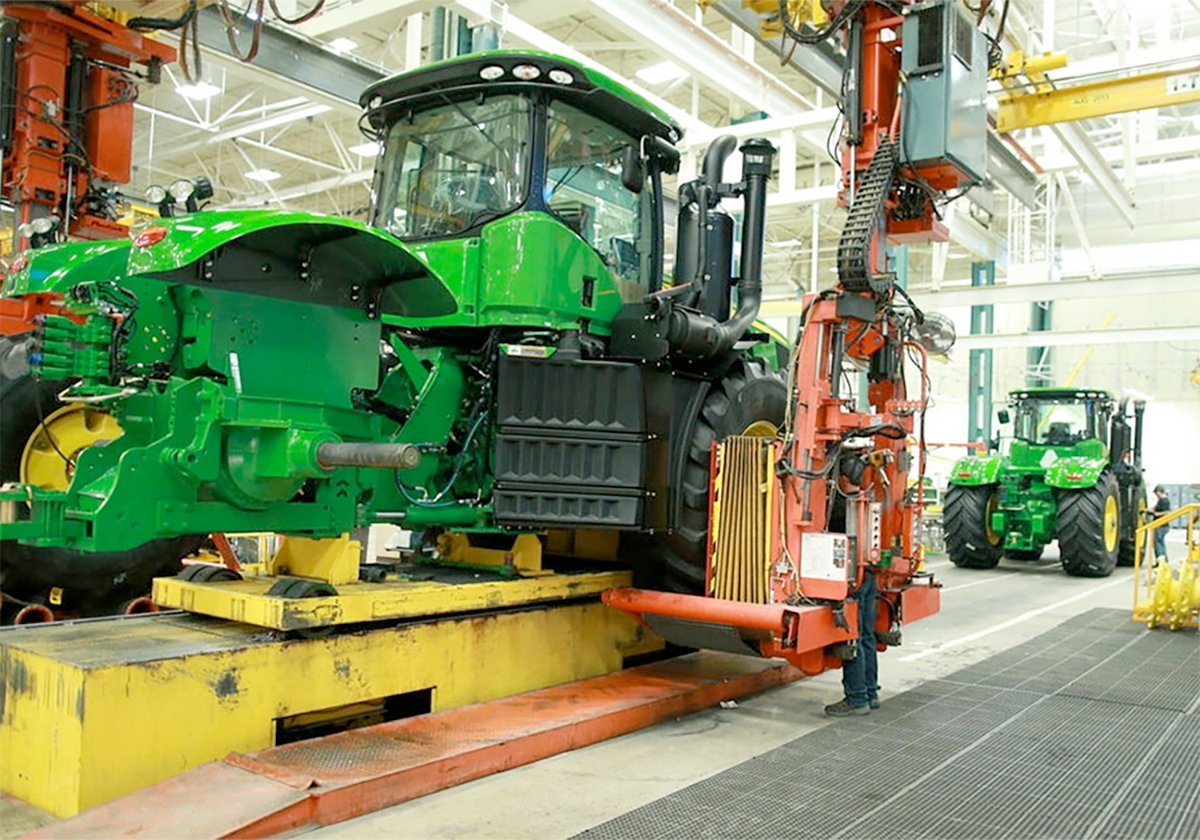March has been a kind month for ag commodities, finally giving farmers the rally they’d been hoping for since the selloff began in mid-January.
After early December seemed to provide the lows for the year, right on cue, there had been a nice rally into mid-January, in which prices moved up more than 20 percent. That wasn’t so great, considering how high prices had gotten last spring for oilseeds and last summer for the grains, but a lot better than the steady downward slump that had followed the July commodity complex peak. But the ag commodity selloff after mid-Jan was threatening to break those early December lows, so when prices recoiled from those levels in early March, it was a blessed relief.
Read Also

Trump’s trade policies take their toll on Canadian producers
U.S. trade policy as dictated by president Donald Trump is hurting Canadian farmers in a multitude of ways.
It’s been a good rally to this point, with 10-14 percent gains, but the last few days have brought a bit of a setback that could be a reversal (not good) or slight correction (good). It’s also been interesting because there’s been a massive rally in the equity markets, as the oversold stock markets have rebounded violently, finding excuses in Obama’s bank rescue plan, stimulus candy in the U.S. and China, and the generally uplifting mood of springtime, which has disappeared suddenly here in Winnipeg, where it’s snowing and icy and yuckful.
Oil has also recovered greatly from its sub-$40 prices, rising recently over $50 per barrel. That’s got some pundits back on the commodity bull market idea. Michael Aronstein, a New York fund manager who called last summer’s commodity peak and slump, has begun ploughing his fund’s money back into commodities, including the ags, in the belief that demand is still there and the recent economic woes worldwide have so slashed commodity production investment that even reduced demand will provide the grounds for a commodity rally when production fails to keep pace. According to Bloomberg, about 43 percent of U.S. natural gas exploration rigs have been parked since December, which doesn’t suggest supplies are about to grow.
Around the world mine projects are being abandoned and mining companies are in trouble. (I’m rather pleased to see the company that bought Canada’s Alcan aluminum two years ago is suffering because of the overpriced bid it made. I’m pleased, because I sold my Alcan shares before the bid, for $60-something, and the buyer paid over $100.) Ag production this year is also likely to be reduced around the world not only because the weather’s unlikely to be as good everywhere as it was last year, but also because many farmers have reduced inputs because of worries and credit reductions. That’s good for our farmers here, where it’s easier to finance farming.
Jim Rogers, the commodities guru who has about the highest profile and best track record in terms of investing in commodities, is super-bullish on commodities, but always refuses to speculate on the short and medium term outlooks for the market. He believes ags are going through the roof sometime in the next few years, but you’d never get him to guess where they’re going this year. But the present rebound fits his generally bullish view on ag commodities.
The present rally in ags has also been helpful for Jeffrey Kennedy of Elliott Wave International, who predicted back in December a rally, followed by a selloff that would test the Dec lows, then another leg up past the January highs. This rally is coming along just as he’d hoped, so his outlook still seems to hold water. But he predicts a sharp slump after the present short term rally, so he doesn’t have the happiest outlook for farmers. For him, the path into summer after the spring rally is of prices that fall beneath the Dec lows, before beginning a more substantial rise through the rest of 2009 and into 2010.















